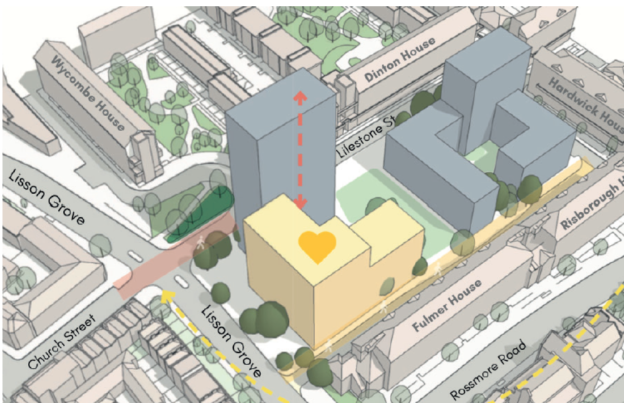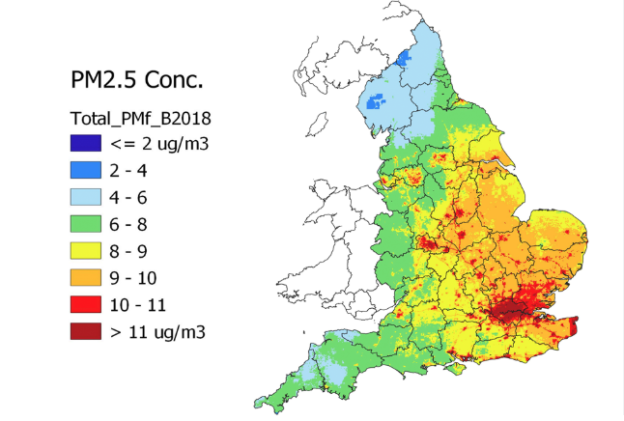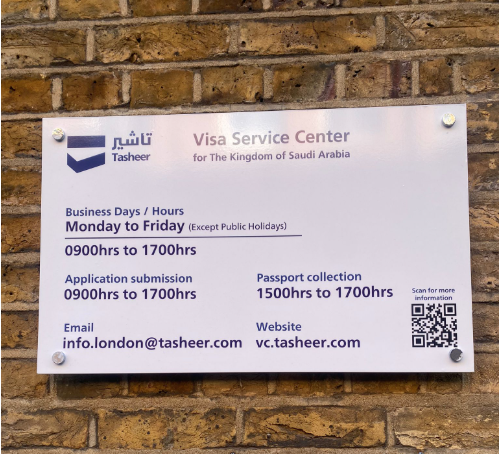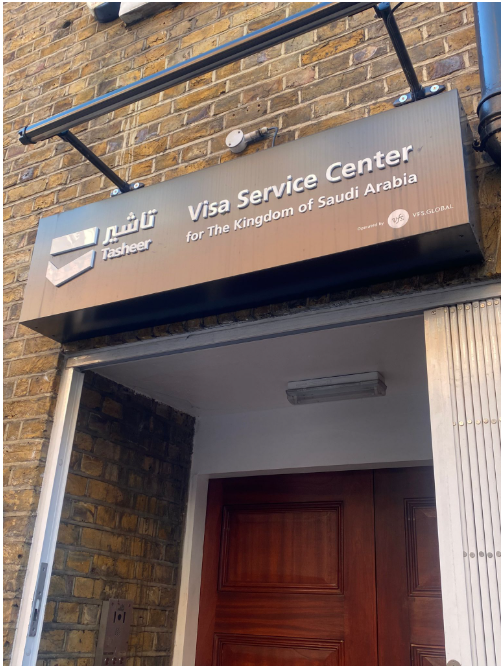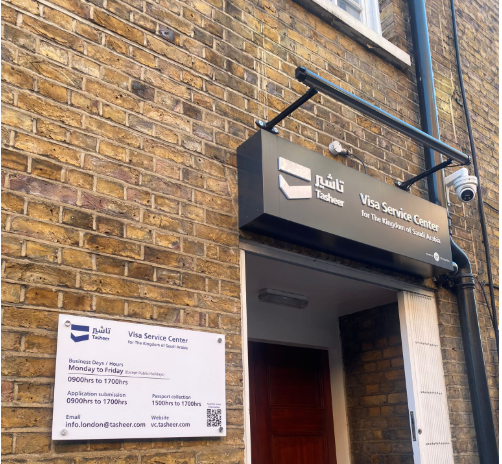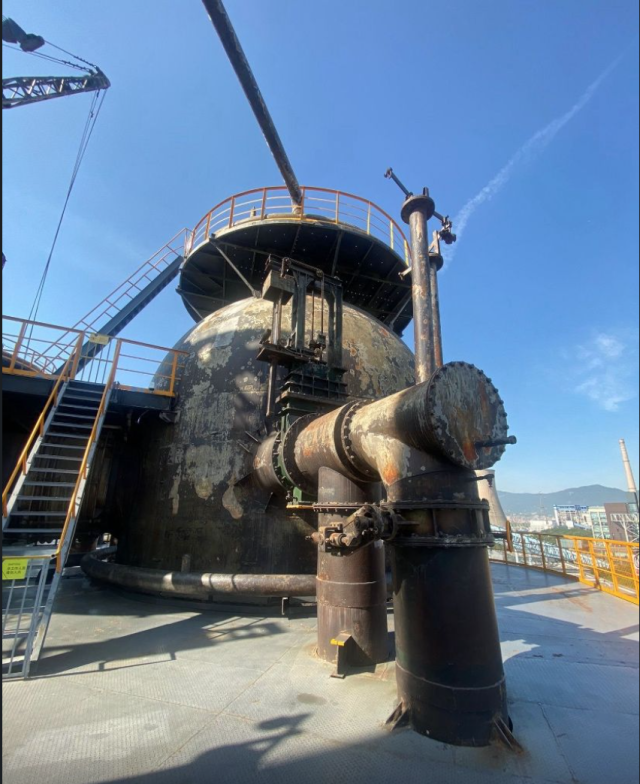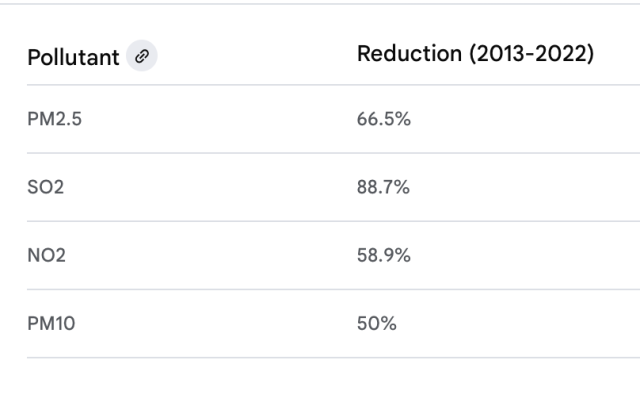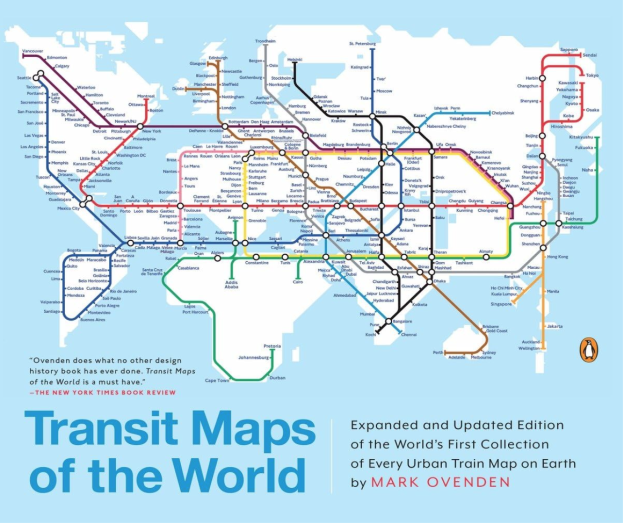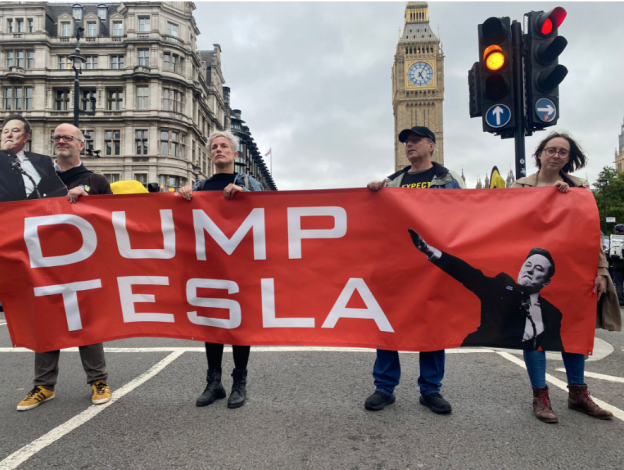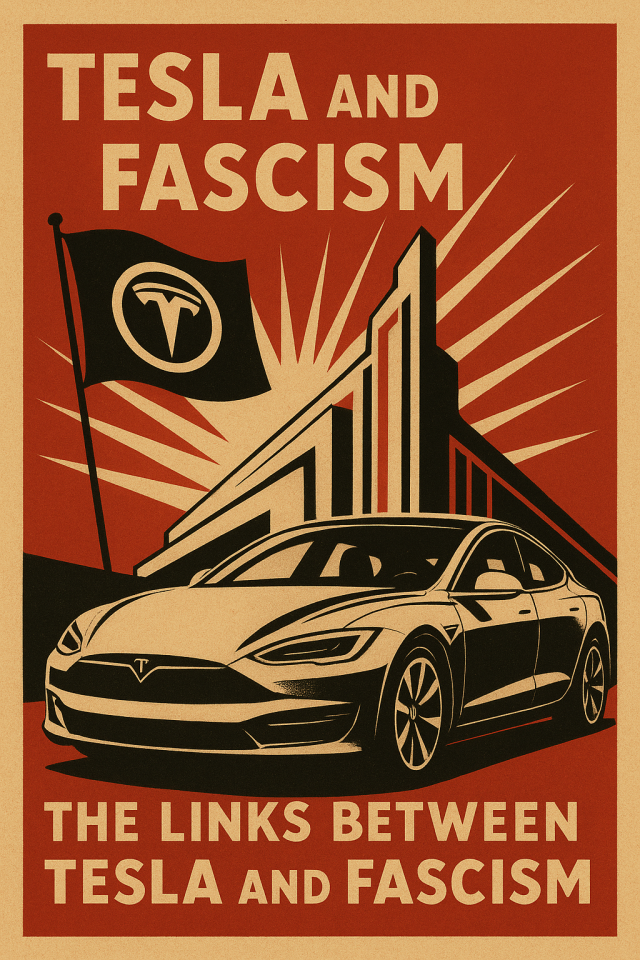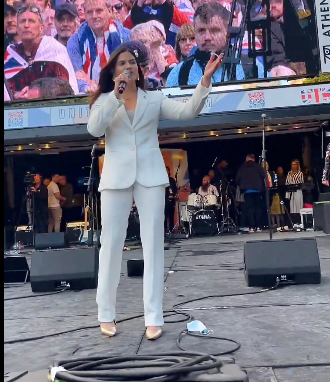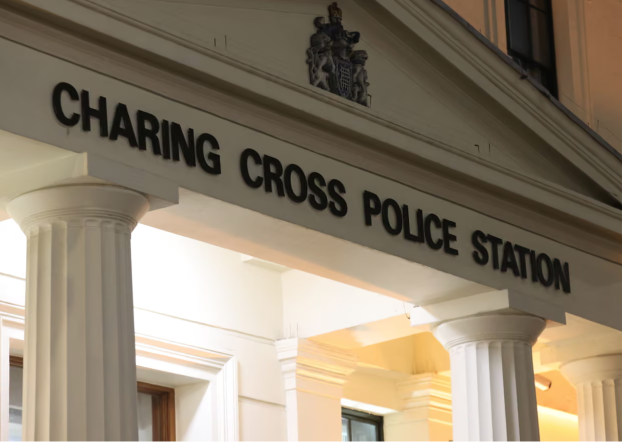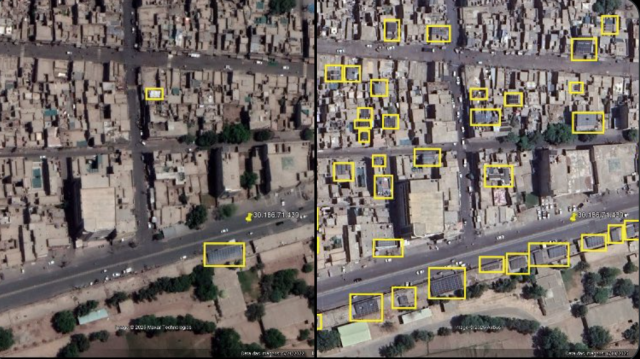They is a proposal to put up a Tower on the way into Lisson Green Estate on the corner of the Estate designated for redevelopment for Health Services and other uses like Adult Education Services. The latest concerns of regeneration efforts in Church Street Ward of City of Westminster, are best represent in full from the joint letter of a number of residents groups below.
“Lisson Green Tenants & Residents Association TARA, Four Rivers Tenants and Residents
Association (Four Rivers) and Church Street Ward Neighbourhood Forum (CSWNF)
Statement on the Westminster City Council’s latest ‘Lisson Grove’ development plans
1. We strongly object to the current plans of building a 20+ storey residential tower block right next to a town hall-style community hub on Lisson Green estate.
2. The tower block would create an unacceptably overbearing and oppressive environment for the hub and the nearby blocks of Lisson Green which are seven storeys in height.
3. TARA, Four Rivers and CSWNF support the concept of the Health & Wellbeing Hub between Lilestone Street and Mallory Street fronting Lisson Grove as presented in the Church Street Masterplan and previously being consulted on. We strongly oppose any more additional building developments without due community consultation.
4. These original plans are incompatible with a tower block that would limit the floor area available for the hub. The space between Lilestone Street and Mallory Street should be used in full for the hub to be built less tall than currently proposed.
5. TARA, Four Rivers and CSWNF recognise the need to build as many affordable homes as
possible but they have to be in keeping with the local area and must not reduce the green space available on Lisson Green estate.
6. Currently Greenside provides an ideal combination between a community hall and green outdoor space. This combination must be preserved in any new development. Any new green space must be no smaller than the existing one and suited to accommodating large community events.
7. The proposed residential accommodation to the east of the hub is welcome but should be of the same height as existing Lisson Green blocks.
8. People who are ill and wish to see their GP should not be forced to use the same entrance as the majority of hub users. Medical services should have a separate entrance and be located on the lower floors of the building, certainly not between the seventh and ninth floor.
9. It is essential that the Adult Education Service is also provided with a distinctive and
identifiable character and entrance from the rest of any development.
10. We acknowledge that a state-of-the art Health & Wellbeing hub is a costly investment that residential development has to contribute towards. Those funds should be generated across all development sites in the Church Street area, not primarily one tower block standing next to it.
11. Any new development must contribute towards an environmentally sustainable and
affordable communal heating system for the existing blocks on Lisson Green estate.
12. We have genuine concerns about the general impact of all the housing developments
planned and the tower in particular. The population density of Church Street is already the highest in London. If this population is to be increased, then the wider social and economic needs of the population must be taken into account. This includes the need for social spaces, green spaces and adequate medical, educational and social care services. We wish to see a genuine social regeneration plan sitting alongside the current development plans.”
So let us now wait and see the response from the Council for what is seen as another overdevelopment in the Church St regeneration efforts of the Council.

